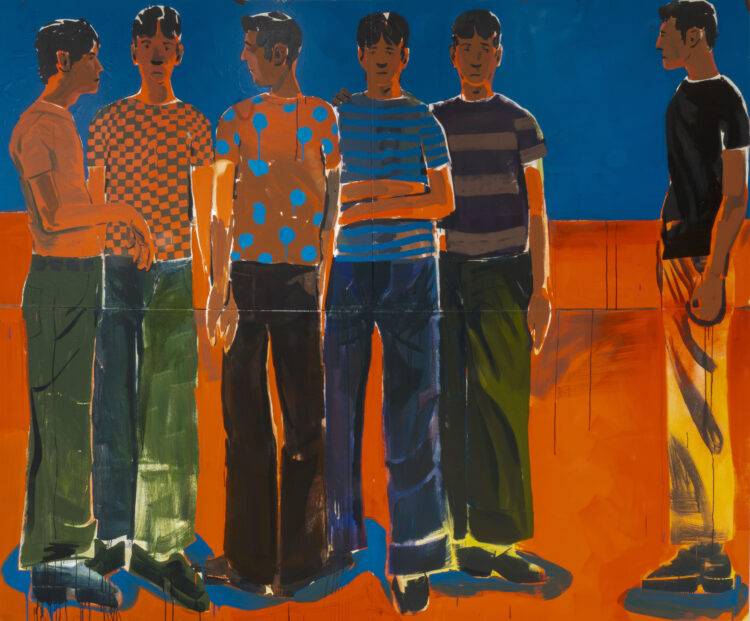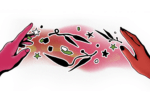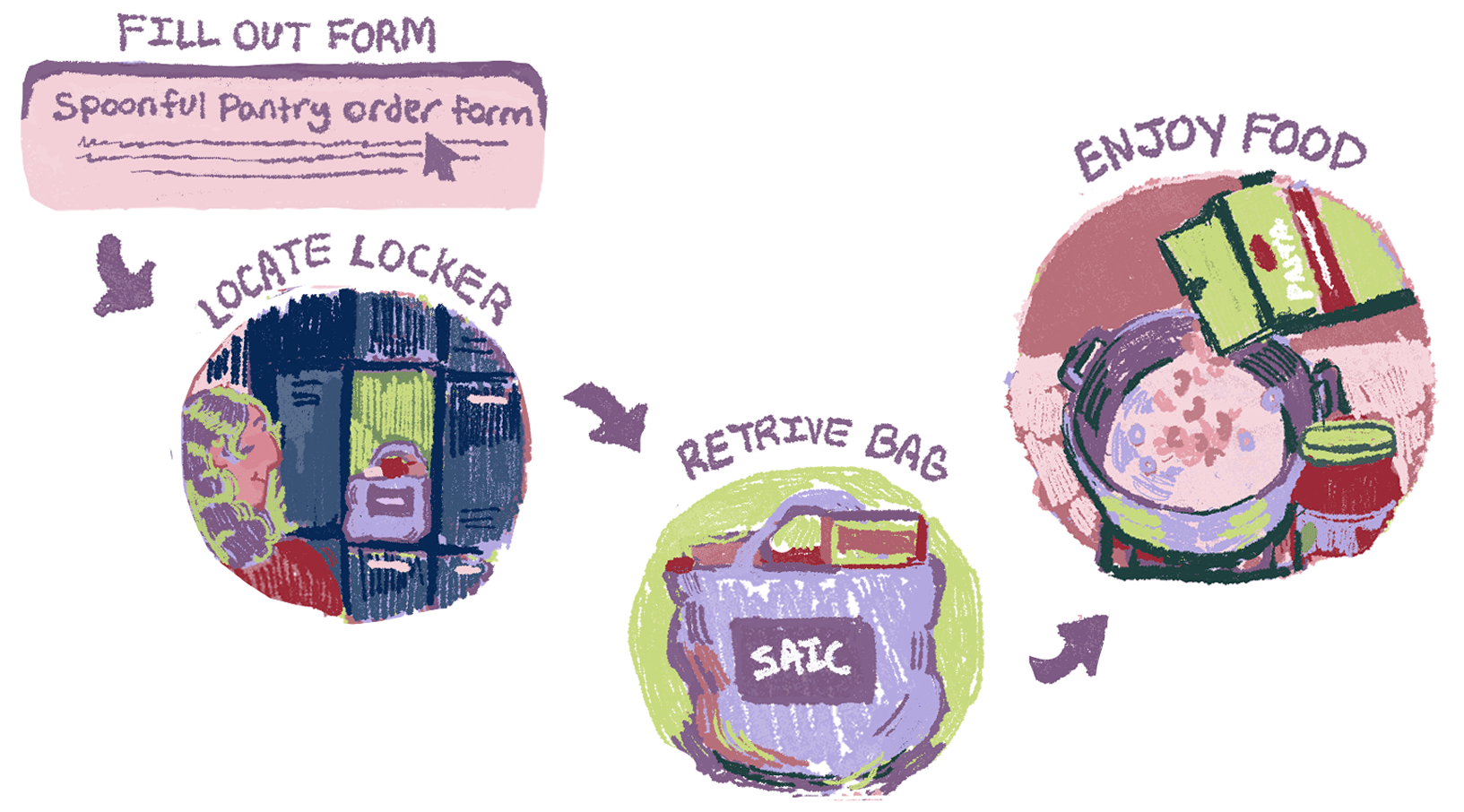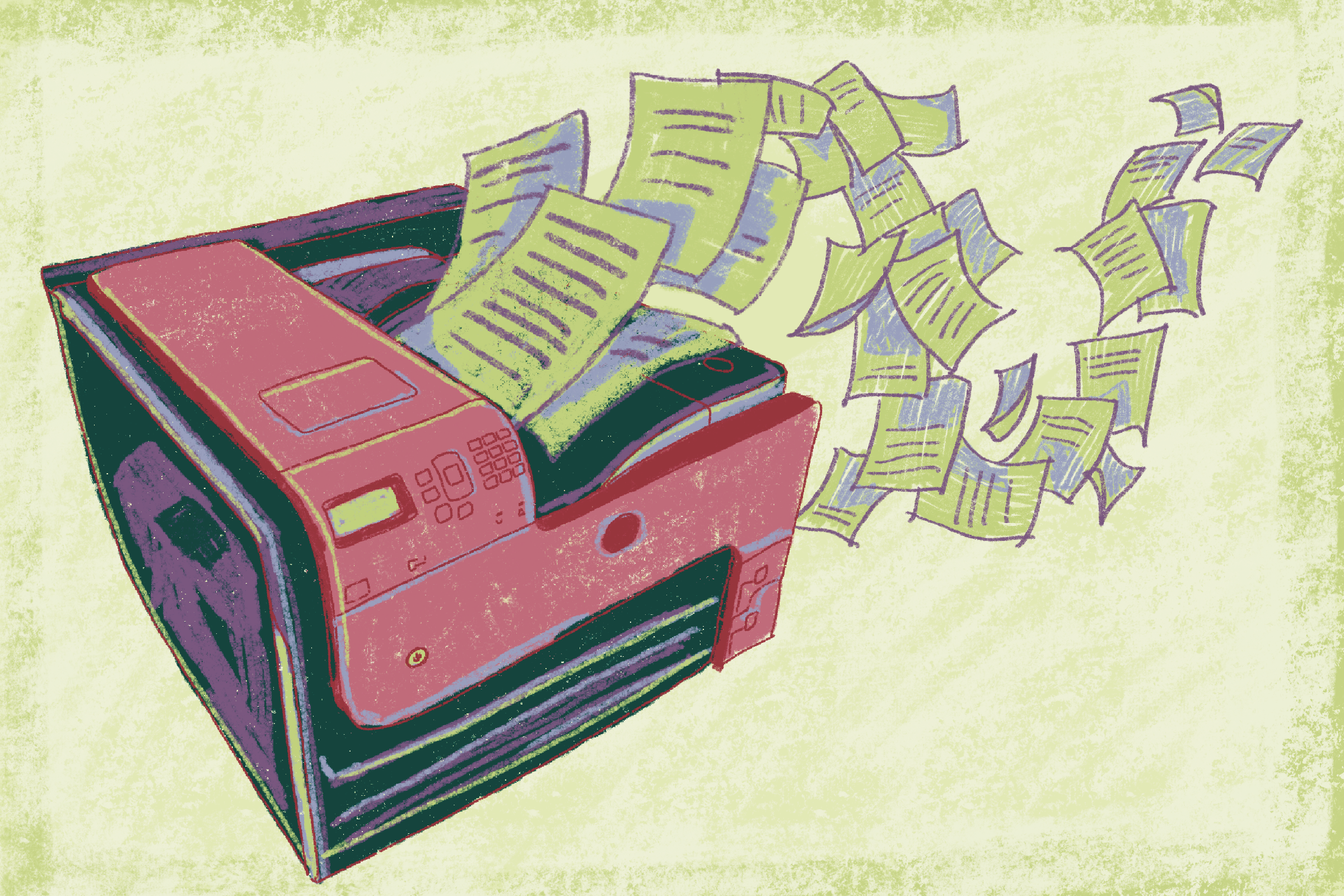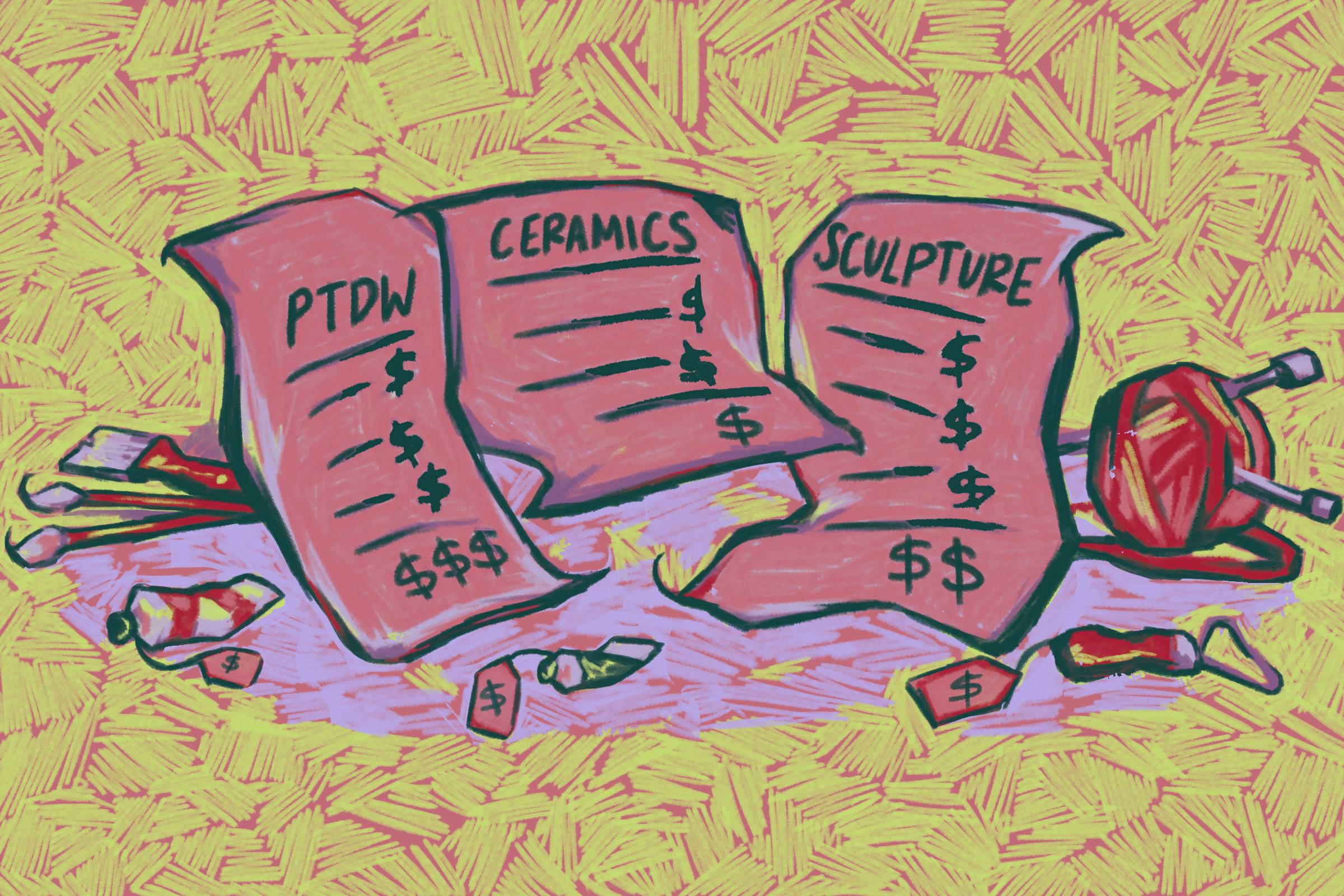“Nik Cho is a Chicago-based artist born in Seoul, South Korea. Through his work he explores and expresses emotions stemming from both his identity as an immigrant and a gay man despite societal pressures from Korean culture and remaining closeted to his family,” reads Cho’s artist statement.
For Cho, drawing from personal narrative started during his undergraduate years, spurred by a profound encounter with his partner.
In his own words, Cho states, “We were holding hands, strolling around and he saw someone coming towards us and he dropped my hand and ran away. I was thinking, Oh we’re in America, we shouldn’t worry about it. But there’s still people worrying about being seen.”
Through his work Cho boldly confronts societal norms, carving out a space for unapologetic expression of his sexuality.
On Cho’s upbringing and His present, and Secret Codes: Navigating Familial Expectations and Societal Norms
Delving into the familial expectations and societal norms, Cho paints subtle manifestations of his inner turmoil. In the process, he navigates the tension between visibility and concealment.
“My parents always ask me, ‘Can I see your painting?’ I say ‘I’m shy and I’ll show you when I’m ready.’ Those kinds of things create a tension of being closeted. I think that [this tension] is why in these paintings, it’s very quietly showing that the figures are touching, it’s not super gay. That is why I want to use more secret codes, something like earrings, keyrings, handkerchiefs, those kinds of things, that were signs of being gay in the 1970s. I think I’m gonna explore more of those in my painting,” said Cho.
Embracing Ambiguity Through Large, Gentle Figures
By painting larger-than-life figures, Cho transcends the confines of specific identities, opting instead for a universal portrayal of human connection and emotion.
“‘Go big’ is ‘Be loud’. Also personally I love working big. It gives me more freedom than small paintings. My paintings are usually me and my partner but that is because I don’t feel comfortable painting other people. Also, I don’t want my figures to be specifically anyone because I don’t think anyone can represent anyone,” explained Cho.
Self-Discovery and Artistic Evolution
Amidst COVID-19, Cho’s evolution as an artist took center stage.
“I was thinking a lot about identity. But I couldn’t understand the word much. My process of working is if I don’t understand something, I go for it, and try to research it,” Cho said.
Cho then reflected on his painting journey and how it has evolved in relationship to depicting the figure.
“During my undergrad, I tried to paint nudes, to overcome the shyness, maybe. I also couldn’t understand any of the fetish or BDSM. By working on it and researching on it, I learnt that it is not about sex, it is about power dynamics, and there’s more to it. When you don’t understand something you try to reject it, if you understand it, you start to care about it. Coming from a background of sexism, and shaming, I used to have those feelings too. A lot of queer artists are doing a lot of nudity. There’s something about nudity being related to vulnerability. I was thinking, okay, I’m learning from it, but also at the same time, this is not fun for me,” said Cho.
Transcending Labels: From Queer to Human
“I don’t want my paintings to be called queer. This is one of the things I’ve been thinking a lot about. I don’t want people to think this work is just about queerness. It’s about human experience, and their feelings about how they are living. Everyone has anxieties, everyone has things they want to hide, and then there is something about privacy and openness. For me, I utilize queer identity, but my work is not about queerness,” said Cho.
Cho’s refusal to label his work as “queer” reflects his journey of self-exploration and artistic evolution.
Cho often paints intimate moments with his partner through the confident use of vibrant contrasting colors. This palette serves as a deliberate contrast, shedding light on the underlying complexities and challenges associated with the expression of sexual identity and the everyday experiences of queer individuals. Through his work, he also unveils the societal pressures to conceal the “darker” aspects of queer existence, particularly amidst the commercialization and appropriation of rainbow colors associated with Pride.
As he continues to evolve as an artist, Cho remains committed to representing the complexities of human experience. His work challenges viewers to confront their preconceptions and biases while striving to create a world that’s more empathetic, more familiar, and ultimately more human.

